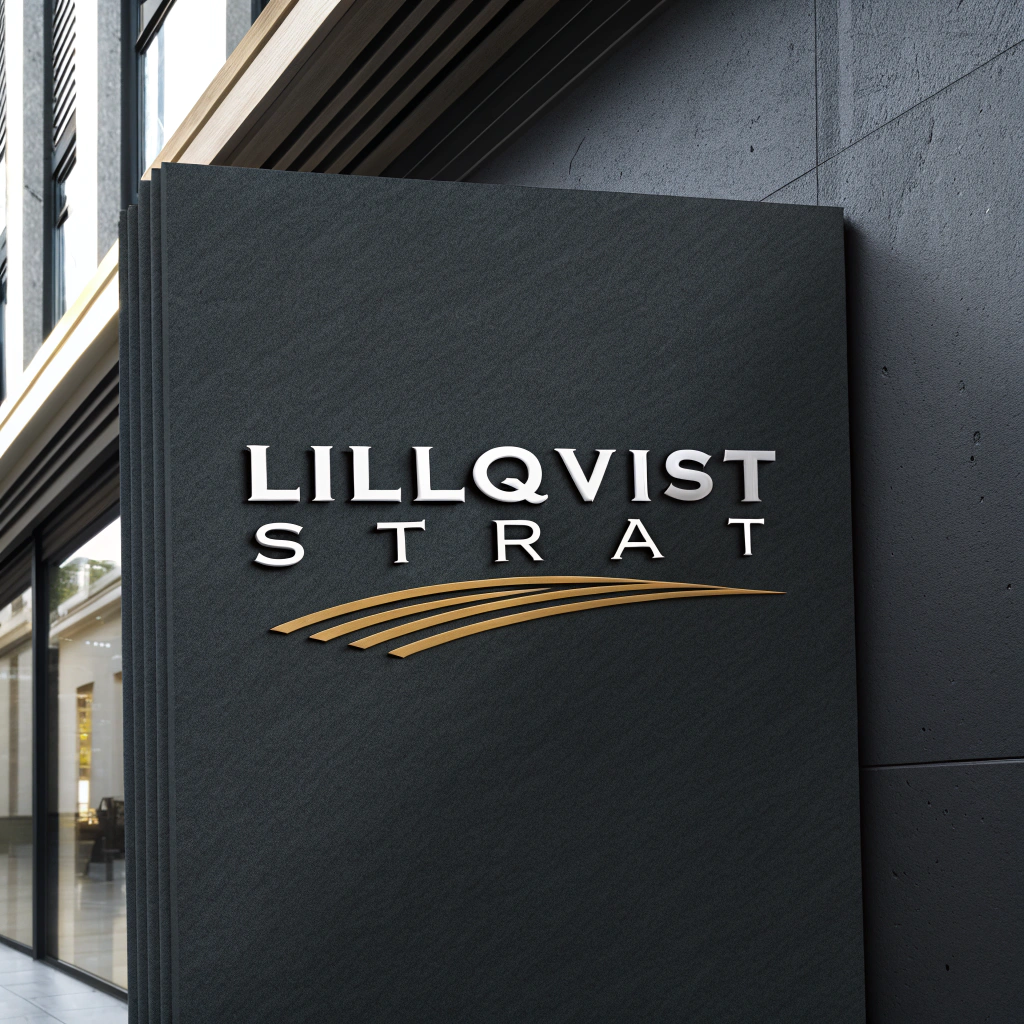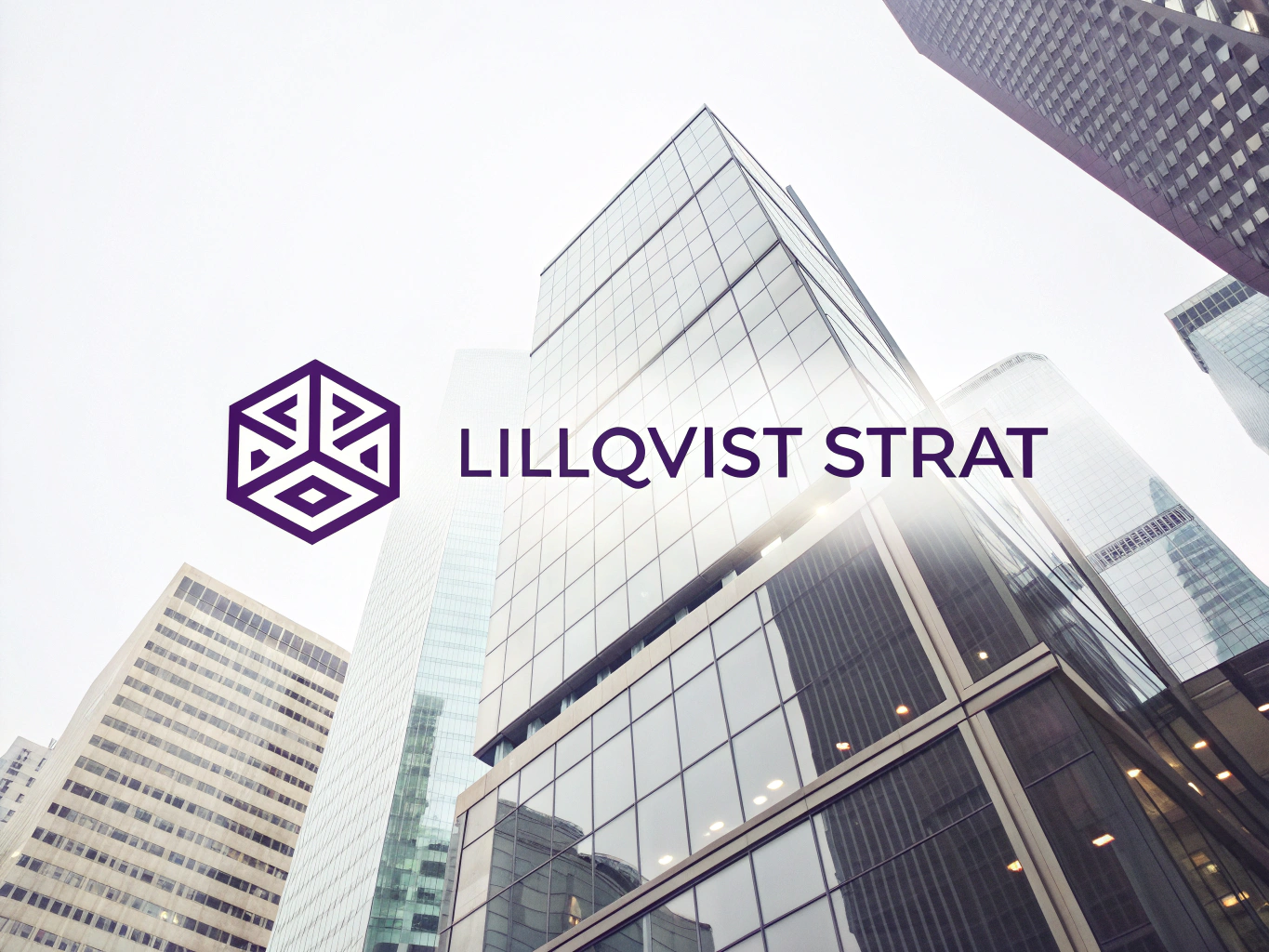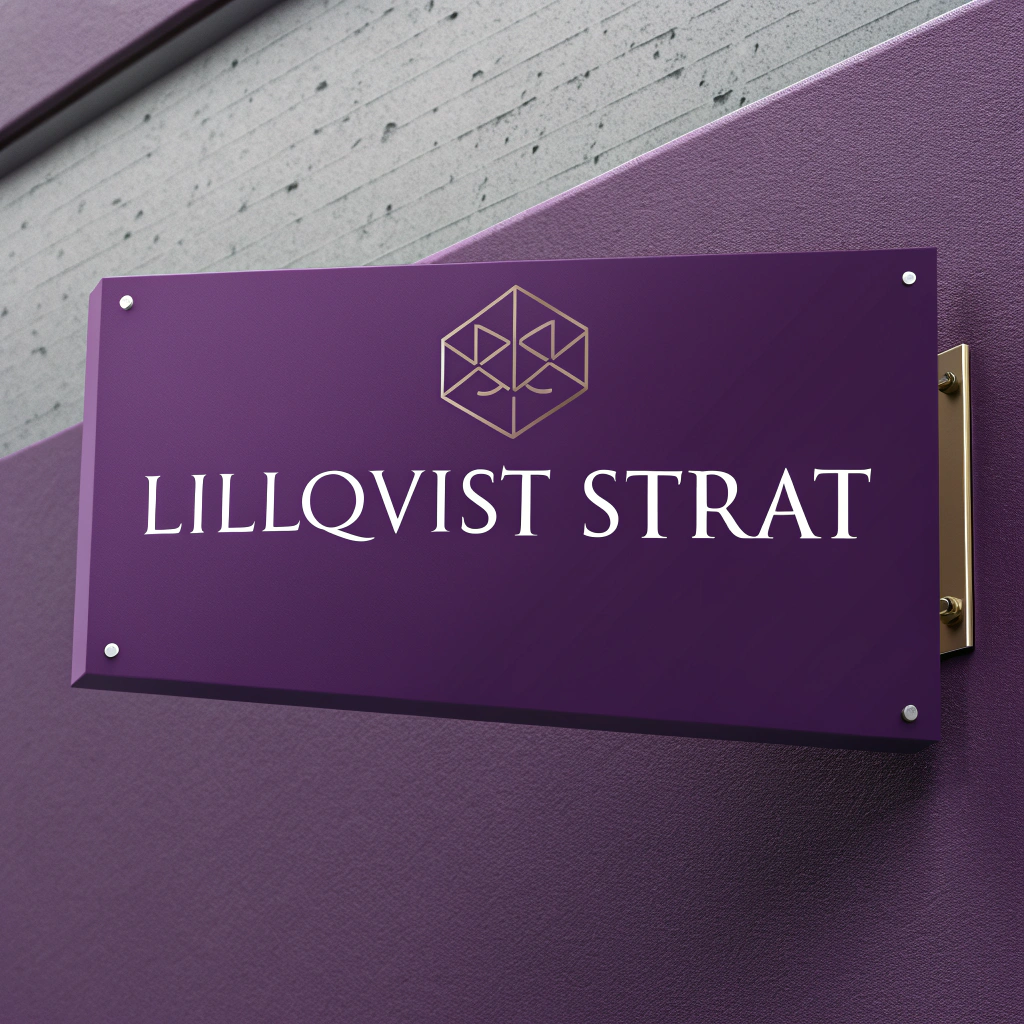Phase 1: Business Discovery & Data Mapping
Goal: Understand the company’s current processes, challenges, and data usage.
1. Business & Process Overview
- What are the core activities of your business?
- What are the most time-consuming manual processes in your daily operations?
- How do you currently track and manage business performance?
- Which departments rely the most on Excel, reports, or manual work?
2. Data & Systems
- What data sources do you use? (Excel, CRM, ERP, databases, APIs, etc.)
- Where do you currently store business data, and how accessible is it?
- How often do you need to merge, clean, or process data manually?
- Do you face data accuracy or duplication issues?
Phase 2: Innovation & Opportunity Identification
Goal: Find high-impact automation and data-driven opportunities.
3. Bottlenecks & Inefficiencies
- What tasks take longer than they should in your workflow?
- Are there repetitive processes that could be automated?
- What errors or delays happen frequently?
- How do you currently handle reporting and analytics?
4. Customer & Sales Insights
- How do you currently analyze customer behavior and trends?
- What key customer data do you collect?
- Are you leveraging AI or automation for sales and marketing?
- How do you track and improve customer retention & engagement?
Phase 3: Automation & Data Strategy
Goal: Develop an automation roadmap and data-driven decision-making process.
5. Automation Potential
- What tasks consume the most employee time?
- Are there any manual steps between systems that could be connected?
- How would an automated workflow improve your operations?
- What would be the impact of reducing Excel reliance?
6. Decision-Making & AI Readiness
- What business decisions would improve with better data insights?
- Are you interested in predictive analytics or machine learning?
- How do you handle forecasting and future planning today?
- Would you benefit from automated data-driven recommendations?
Phase 4: Implementation & Scaling
Goal: Ensure the solution is practical, scalable, and easy to adopt.
7. Integration & Deployment
- How comfortable is your team with new automation tools?
- Do you prefer a no-code interface or a technical backend solution?
- How should the automation be monitored and adjusted over time?
- What training or documentation would be useful?
8. Continuous Optimization & Future Growth
- How often do you want to review automation performance?
- Would you benefit from a dashboard to monitor business insights?
- Are you interested in expanding automation to new areas?
- How do you want to keep improving and innovating long-term?
Final:
✔ Business Efficiency Report (Findings, pain points, automation potential).
✔ Automation & AI Roadmap (Short-term & long-term opportunities).
✔ Implementation Plan (Deployment, training, and monitoring).
✔ Continuous Innovation Strategy (Future-proofing and scaling).

Lillqvist Strat consults on business developement, software projects, automation, SOPs, analytical tools and more.
Contact me today to get started on our journey to higher profits, more revenue and happier employees!
Go to Contact now



